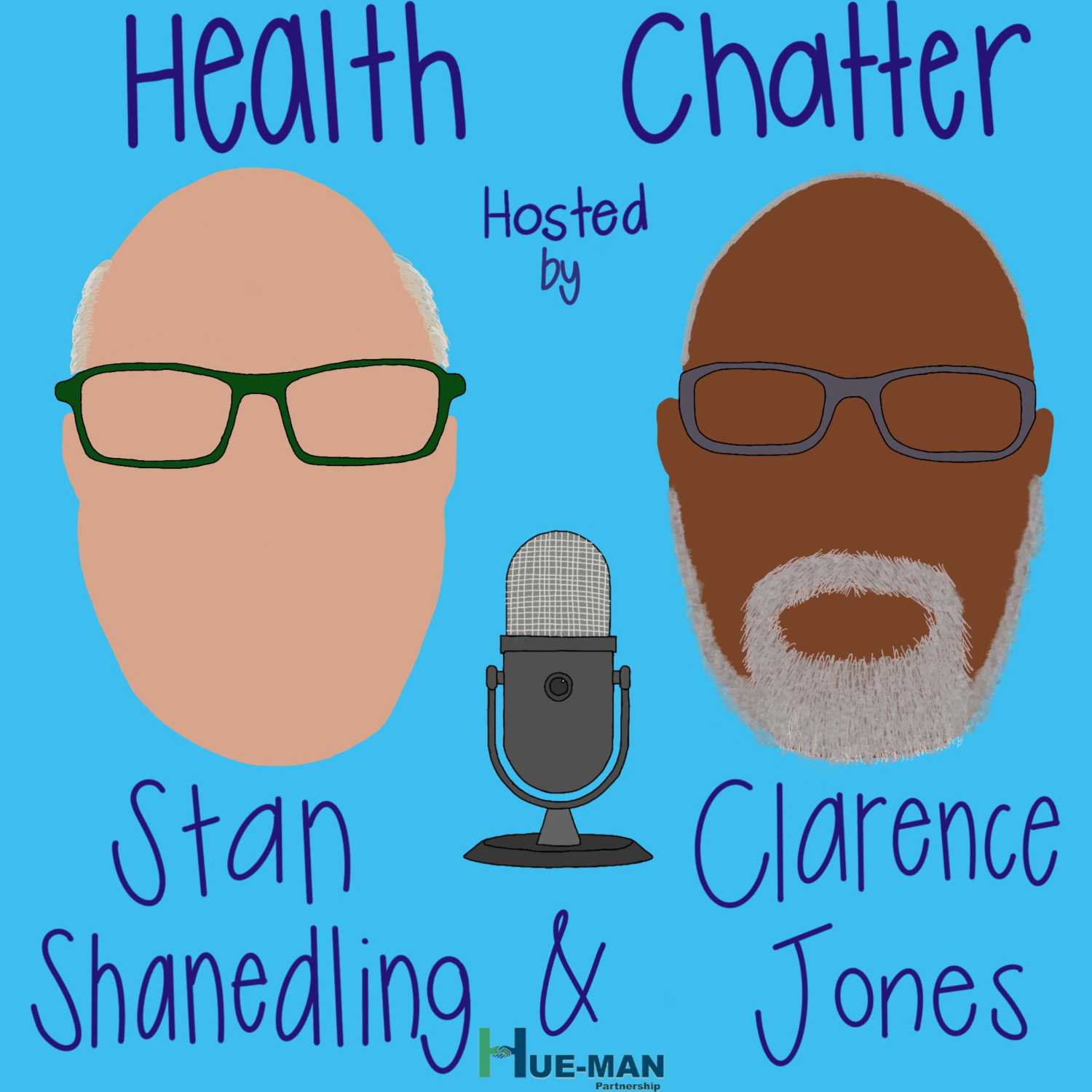Feb. 18, 2022
State of the State
The player is loading ...

In recent years Minnesota has been labeled as one of top healthiest states in the country. In this first episode of Health Chatter, Stan, Clarence, & the team take a deeper dive to determine if this holds true for all Minnesotans. SPOILER ALERT - it doesn't.
Join us as we chatter about the State of the State!
If you enjoyed todays episode, subscribe to the podcast for future alerts on upcoming episodes.
Discussion Topics + Research
- Where are we today vs 20 years ago? 100 years ago?
- Public health system in MN
- First State Board of Health in MN was established in 1872
- Responsibilities were to assess the health of community, develop policies to prevent spread of disease, assure sanitary conditions
- Today MN’s public health system is a partnership between state and local governments
- Commissioner of health
- State’s public health official
- Responsible for the development and maintenance of an organized system of programs and services for protecting, maintaining, and improving health.
- Community health boards
- Legal governing authority for local public health
- Work with MDH to prevent diseases, protect against environmental hazards, promote healthy behaviors and healthy communities, respond to disasters, ensure access to health services, and assure an adequate local public health infrastructure.
- State community health services advisory committee (SCHSAC)
- Statutory advisory body made up of one representative from each of the state’s community health boards
- Meets quarterly with the commissioner of health and key MDH managers to develop shared goals, clarify roles, and develop agreement on how to address emerging public health issues
- Chronic and infectious disease prevention/treatment/management
- 1870s-1890s infectious diseases were typhoid, malaria, tuberculosis, dysentery, tetanus, cholera, and diphtheria
- Leading causes of death in 1870 Hennepin county were tuberculosis, gastroenteritis, typhoid fever, infant diseases, accidents, and dysentery
- Leading causes of death in MN between 2011-2019 was cancer and heart disease
- In 18th and 19th centuries, big issues were clean water, clean food, and good sewage systems
- In the 20th century, big issues are clean air, clean environment, violence reduction/nuclear war, and promotion of health/life
- MN was ranked 5th for healthiest state in United Health’s 2021 report
- What “diseases of the day” are we facing in MN?
- Aging public health workforce (frequent leadership turnover)
- Public health funding (or lack thereof)
- Health disparities
- 30% of adults in Hennepin county experience food insecurity
- Women are 5.7% more likely to live with serious mental illness than men(3.3%)
- 55% of those with late or no prenatal care are American Indian
- 89% of families experiencing homelessness in Hennepin County are black
- African Americans, Hispanics/Latinos and American Indians in Minnesota had diabetes as an underlying cause of death (diabetes-related death) 2-5 times greater than Asian Americans and non-Hispanic whites. However, the diabetes death rate among Asian Americans is increasing faster than any other racial or ethnic group. (MDH)
- Excess drinking (this has been a challenge for MN listed in the United Health report since 2019)
- Access to/cost of care
- Who are our trusted “health messengers”?
- Public health officials
- Doctors/scientists
- Community leaders
- Trusted sources can depend on the individual/community
- How has this changed with COVID?
- What has changed about how we think about health in the last 20, 50, 100 years?
- MN’s government partnership has been a system that other states have implemented
- Both levels of government have authorities and responsibilities
- Advanced medicine/technology has led to breakthroughs in research, prevention, treatment, and care
- United Health 2021 report: “Americans are living longer because of medical advances, but unhealthy behavior and preventable illness threaten quality of life”
- Emerging diseases like COVID-19 put strain on public health systems and resources



